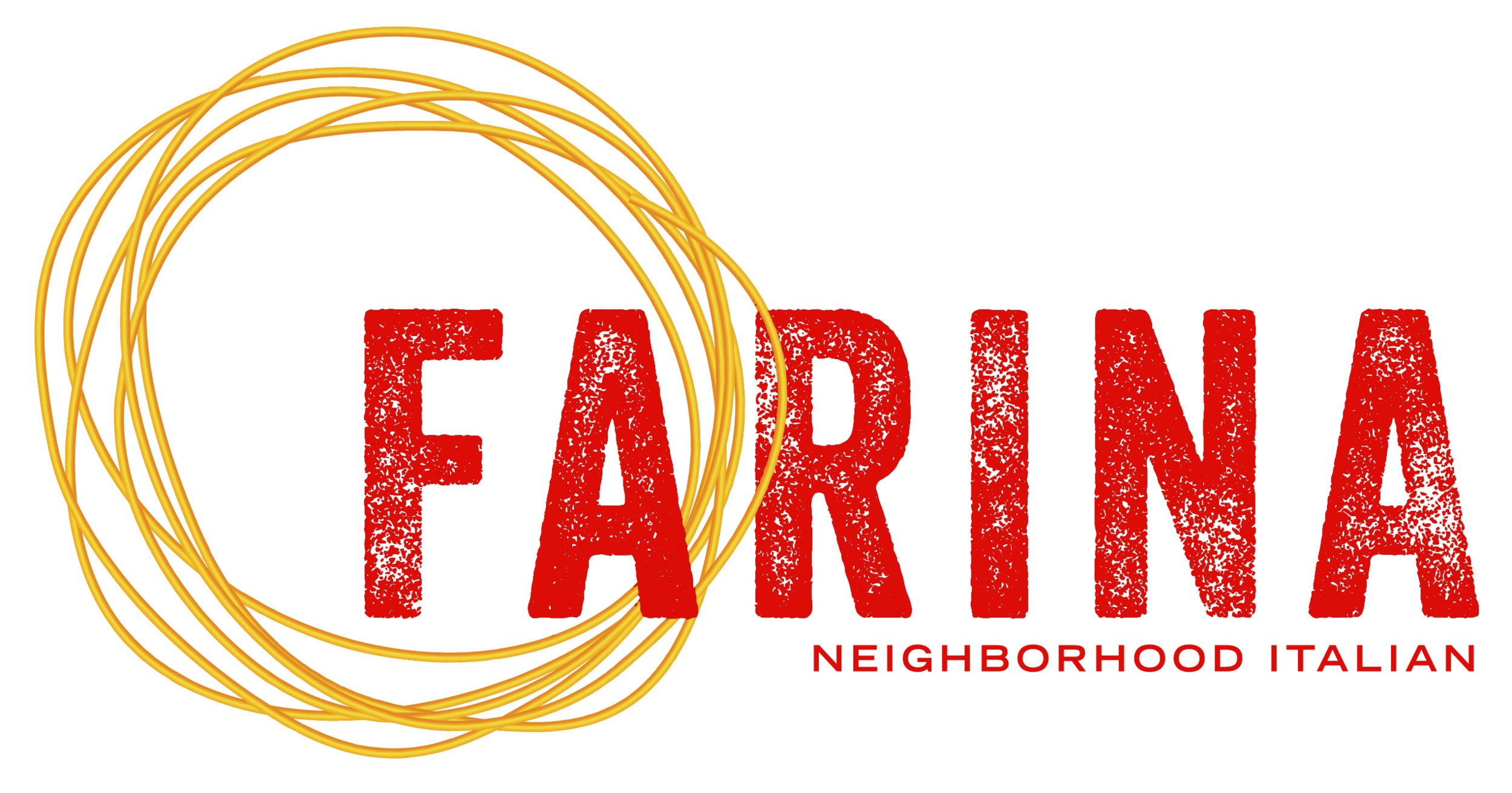Bruschetta
First, it’s both versatile and multi-regional. Quite simply, bruschette (note the plural form) are slices of toast with stuff on top. The most common type of bruschetta, pronounced “brew-SKET-tah,” no matter what you may here at restaurants in the States and elsewhere, is toasted bread topped with fresh tomatoes dressed with garlic, basil, olive oil, and salt.
But if you travel to Tuscany, for example, for some classic crostini (another word for bruschetta), you’ll find such toppings as chicken liver or “black” kale (sometimes called Tuscan kale or Lacinato kale).
In Abruzzo the most famous version is topped with a local pork salami called “ventricina.” The most basic bruschetta? Toasted bread rubbed with garlic, drizzled with olive oil, and sprinkled with salt. This version is also known as fett’unta (literally, oily slice) or panunta (oily bread).
Bruschetta also has a long and I would say noble history. Regardless of whether it dates back to the Etruscans or the Ancient Romans, as some purport, one thing is certain: for centuries it fed laborers and farmers with days’ old bread. It served both as a hearty snack or meal for those doing hard manual labor, and as a way to salvage bread that had gone stale. This might not be the loftiest manifestation of what has become a culinary genre all its own, but it is surely the most fundamental.
The bruschetta was born as a hymn of the Tricolor, the Italian flag, thanks to the colours of the three main elements of it: the green of the basil, the “white” of the bread and the red of the tomatoes. Just a few minutes to pamper the palate with a healthy dish. It is in fact a slice of toasted bread, or bruscata, enriched with oil, salt and cherry tomatoes. The base is rubbed with garlic.
Over the time this appetizer was enriched thanks to the imagination of anyone who wanted to enrich it according to their own taste. Olives (better if taggiasche), tuna or even anchovies have been added; there are those who completely twisted it with recipes with particular tastes like robiola and roasted peaches with balsamic vinegar. How many recipes can be made on a slice of toasted bread!
The term bruschetta probably derives from brusca, that is the brush for cleaning horses and oxen from excess fur. There are those who derive the name from the verb bruscare, for the note toast, to burn, to cook.
The true origins of bruschetta are lost in the mists of time. In fact, there is no clear information. Many scholars place the origin of this dish between Tuscany and Lazio. It is very probable that one of the first bruschetta prototypes was prepared by a “farmer”, a peasant from the ancient Republic of Rome, to taste the goodness of the oil produced by himself. After all, oil is essential in the preparation of bruschetta and the ancient Etruscans were the first who used it, extracting it from the pressing of the olives cultivated by them. But it became a real food and dish thanks to the ancient Romans.
Finally, the beauty of a bruschetta is all about its simplicity. There is no way to make a good bruschetta from bad ingredients. It is at its essence all about how good the bread and olive oil are (and most would say that in fact the quality of the olive oil is the number one deciding factor), although all the ingredients need to be good for a good bruschetta.
